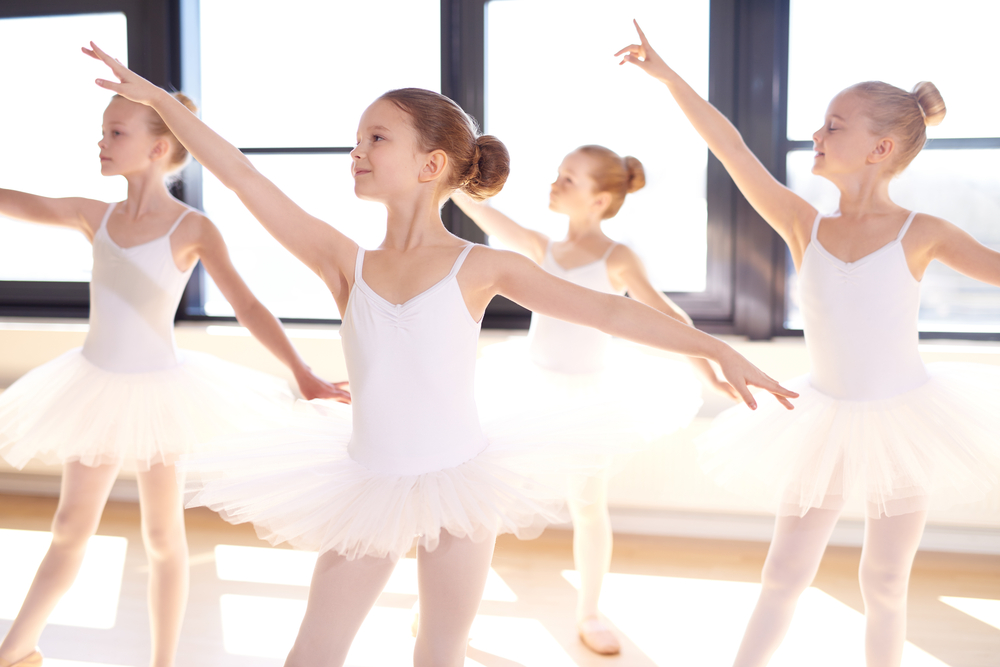Ballet
Originated in Renaissance Italy and developed in France and Russia, ballet is a highly technical form of dance with its own vocabulary based on French terminology. It is globally influential and perhaps the most famous form of dance and has defined the foundation for many other dance techniques.
Ballet teaches discipline and dedication as it is hard to master. It is an excellent form of exercise and helps to build strength with long, lean muscles. It teaches graceful movement and good posture.
The syllabus we teach is designed for children to acquire the skills and technique of ballet and an appreciation of music and mime. There are grades 1-8 proceeded by Preliminary and Class Examination levels, which may be taken from the age of 4 years. These can be followed by vocational and advanced examinations. There are also medals and awards available to be taken.
Tap
Characterised by using the sounds of the shoe striking the floor as a form of percussion, Tap dance comes from the same roots and Irish and Clog dancing, through Vaudeville to Broadway. Tap can either be rhythmical or even a cappella, in the jazz tradition or it can be more dance based, as you would see in the West End Theatres.
Tap increases flexibility and strength in the legs, improves cardiovascular condition and co-ordination and even memory.
The syllabus has been devised for those who wish to work towards a professional career in the theatre, those who wish to become future teachers and for those who wish to dance for fun and sheer enjoyment.
The NATD syllabus commences with Class Examination from the age of 4 which introduces and develops rhythmical skills, co – ordination, spatial awareness, confidence and team building skills. Students can then progress through the Grades becoming more skilful and really enjoying the intricate rhythms.
There are medals tests from 5 years upwards where students are encouraged to give a stage performance in costume. There are Junior and Juvenile medals then Bronze, Silver and Gold at Junior and Senior levels.
Intermediate Foundation to Advanced 2 encourages students who wish to be teachers or professional dancers. Students learn different styles, secure their technical ability and develop their performance skills.
Modern
Developed during the 1900s, Modern dance is a more relaxed, free style of dance than ballet. Often danced in bare feet it can be fast, slow, gentle or high-impact. As it is not as technically structured Modern can contain elements of other dance styles – you often find elements of jazz, ballet, contemporary, lyrical, African, Salsa…its beauty is that it can be initiated by music or personal interpretation.
It is suitable for all ages and abilities and can help to harmonise mind and body and develop the strength, litheness, style and presentational skills necessary to the dancer.
A graded syllabus is in place enabling children to begin training at an early age with class examination and then progress through the grades up to grade 5 standard.
Having completed the graded syllabi the student can move on to the more demanding vocational grades which could lead to performance on the professional stage or to teach.
A healthy mix of set work and teacher’s arrangements provides the content throughout, allowing the teacher freedom to explore the many different styles of modern dance whilst adhering to the technical requirements of the categories with complete freedom in the dance arrangements.
